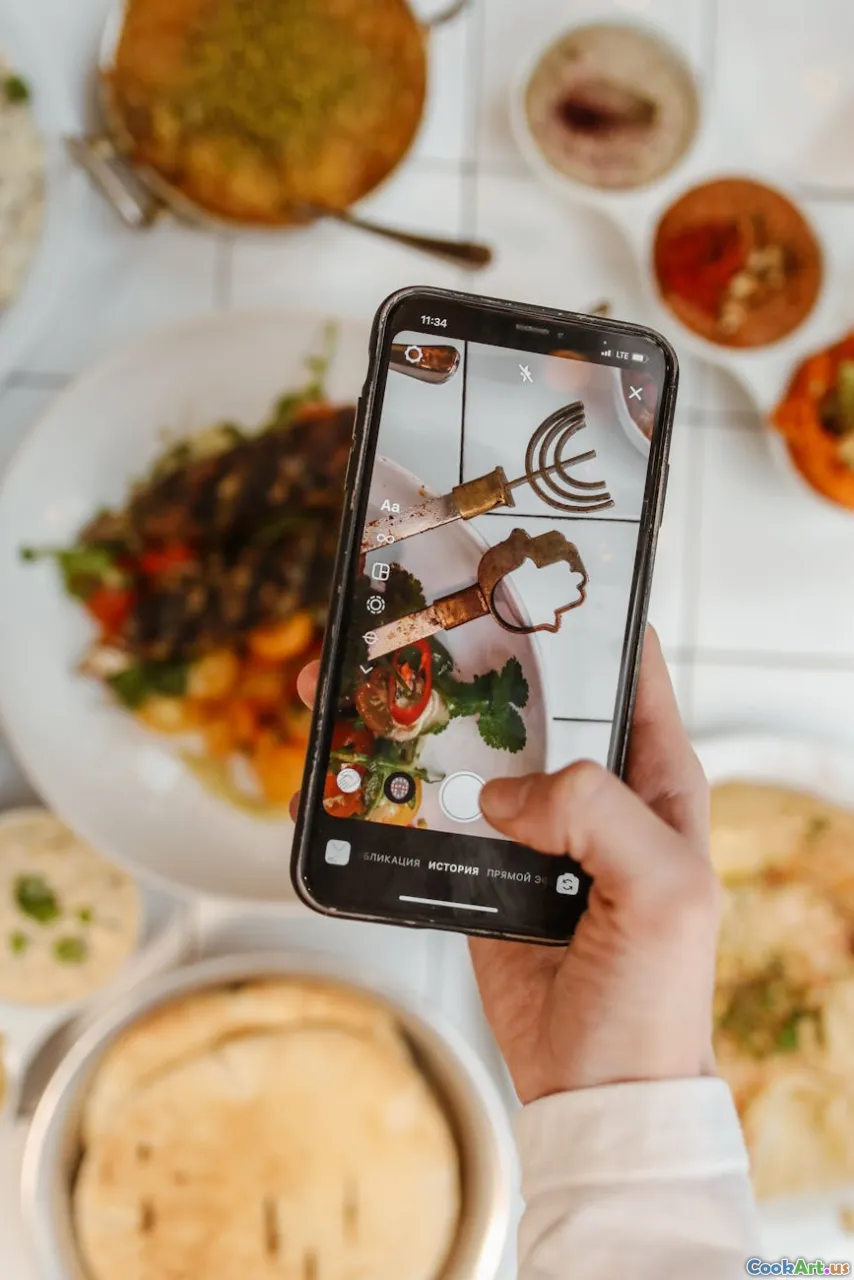Gastronomy Meets Virtual Reality
5 min read Explore how virtual reality is transforming culinary experiences and food innovations in the gastronomy world. April 12, 2025 18:00
Gastronomy Meets Virtual Reality
In the vibrant intersection of gastronomy and technology, virtual reality (VR) is carving out an exciting niche. The culinary landscape is evolving rapidly, and VR is not just a passing trend but a transformative force that is reshaping how we experience food. From immersive dining experiences to innovative cooking techniques, let’s explore how VR is influencing the culinary world.
The Rise of Virtual Reality in Food Experiences
Virtual reality has primarily been associated with gaming and entertainment, but its application in gastronomy is proving to be groundbreaking. Imagine sitting at a fine dining restaurant, where instead of a traditional menu, you don a VR headset that transports you to the lush vineyards of Tuscany or the bustling street food markets of Bangkok, all while sampling dishes inspired by these locales.
This technology allows diners to engage their senses in ways that were previously unimaginable. They can visualize the origins of their meals, learn about the cooking techniques used, and even witness the plating process—all from the comfort of their table.
Engaging the Senses
VR enhances not just sight but also sound and even taste. Some restaurants are experimenting with multisensory dining experiences where soundscapes corresponding with the food are played. Imagine a serene forest ambiance accompanying a dish of wild mushrooms, or the sound of ocean waves while enjoying a seafood platter. This holistic sensory experience can elevate a meal to an art form, creating lasting memories for diners.
Virtual Cooking Classes: A New Way to Learn
The pandemic accelerated the shift towards online learning, and virtual cooking classes have gained immense popularity. Chefs can now reach a global audience, teaching everything from basic knife skills to complex recipes, all through a VR interface. Participants can feel as if they are right in the kitchen with the chef, receiving real-time feedback and guidance, making the learning process interactive and engaging.
Breaking Down Barriers
One of the most significant advantages of VR in culinary education is accessibility. Aspiring chefs from remote areas can learn from renowned culinary schools and chefs without the need to travel. This democratization of culinary knowledge fosters diversity in the food industry, as individuals from various backgrounds can share their unique cultures and cuisines.
Food Visualization and Design
Virtual reality is also making waves in food design and presentation. Chefs can utilize VR to visualize their dishes before they are plated, experimenting with colors, textures, and arrangements. This capability not only aids in creativity but also saves time in the kitchen, allowing chefs to perfect their presentations before the first plate is served.
3D Food Printing: The Next Frontier
The convergence of VR and 3D food printing is an area ripe for exploration. Imagine creating intricate culinary designs that are not only visually stunning but also tailored to individual tastes. With 3D printing technology, chefs can produce complex shapes and flavors that enhance the dining experience, making meals not just food but edible art.
Conclusion: The Future of Gastronomy
As we move forward, the integration of virtual reality into gastronomy will undoubtedly expand. From enhancing dining experiences to revolutionizing culinary education, VR offers endless possibilities for innovation. It challenges chefs and diners alike to rethink their relationship with food, transforming meals into experiences that engage the senses on multiple levels. The future of gastronomy is not just about the food we eat but about how we experience it—and virtual reality is at the forefront of this exciting evolution.









